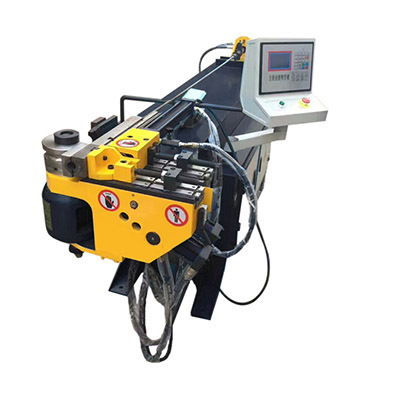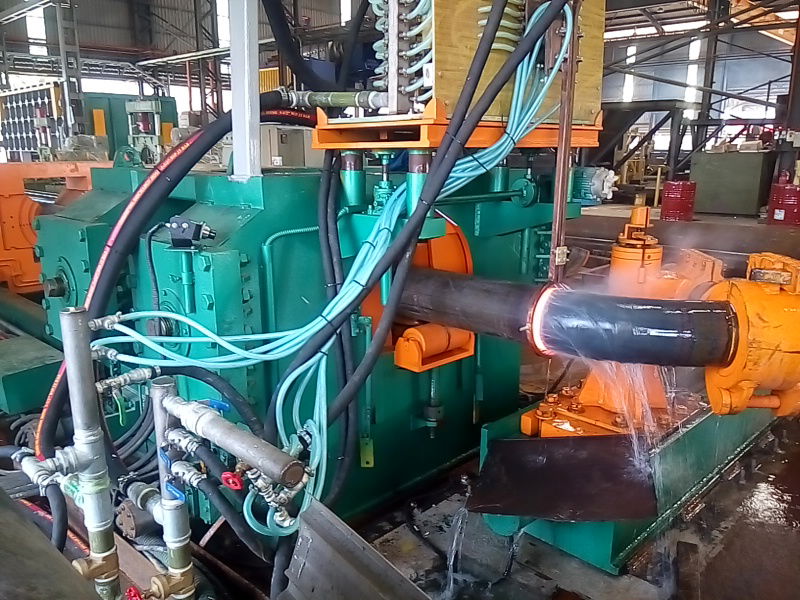Nowadays, pipe bender technology is widely used in electric power construction in our country, such as highway and railway construction, boilers, bridges, ships, furniture, home appliances and decoration industries, and its craftsmanship is also constantly developing with the progress of modern technology. A tube bending machine made in China must be used when processing automobile exhaust pipes. Pipe bending technology is also a part of the automobile muffler processing technology that cannot be underestimated. Here are six characteristics of computer-controlled cnc tube benders:
1. The elbow head can move horizontally along the guide rail. This is necessary for the pipe bender to adjust the pipe groove of the bending die to the center line of the machine tool after the bending die is replaced. This is simpler than adjusting the centerline of the machine tool by adjusting the guide rail and tailstock on the bed.
2. The trolley that completes the linear feed motion (DBB) is pulled forward by the tube during the bending process of the tube. In this way, the "positive thrust" is removed, thereby eliminating the problem of synchronization between the trolley and the bending speed, and the negative feedback system of the DC motor set to increase the "positive thrust" is removed, and the electrical circuit is simplified. Because the positive thrust is beneficial to the bending of the pipe, especially when the pipe with a larger diameter is bent, the positive thrust is necessary. Therefore, the VB pipe bender adds a booster device.
3. When bending, because the trolley acts as a load, it is pulled forward by the tube. In order to improve the bending, avoid excessive thinning of the wall thickness of the bending part of the tube, reduce rebound, and increase the booster device. When bending, the die not only compresses the tube, but is also pushed forward by the thrust to form a side thrust to help the bending.
4. The pipe bending arm and the bending spindle are connected into one body, the pipe bending mold axis can be replaced, and the clamping mold can move up and down. This not only has a reasonable structure, increases the strength of the mechanical part, but also has a simple structure, which simplifies the electrical circuit.
5. When entering the last turn, the cart may collide with the die. At this time, the "interference zone" function can be used, that is, the die returns → the cart continues to feed → the elbow arm returns → the space corner (POB) → the clamping die Clamping→releasing the chuck, the trolley exits the interference zone→compressing the die→bending the pipe. In this way, the bend not only avoids the collision between the trolley and the die, and ensures the smooth completion of the last bend, but also reduces the clamping loss of the material head and reduces the production cost.
6. The bed adopts a welded structure, which is simple and compact.

